Rubber galoshes: varieties and tips for choosing
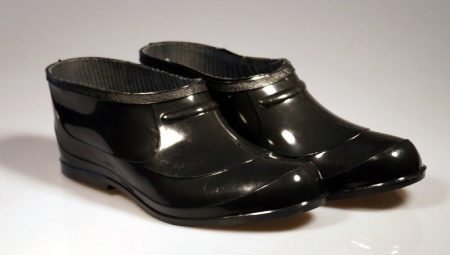
There is a widespread belief that galoshes (aka galoshes) are an attribute of village life. When this word is pronounced, shoes are immediately presented without grace, in which it is not scary to get into a puddle or go into a barn. In fact, thanks to the modern design, wet shoes have again become fashionable in recent years, including among the townspeople, delighting not only with their practicality, but also with their original appearance.
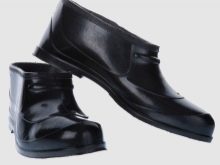
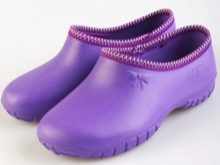
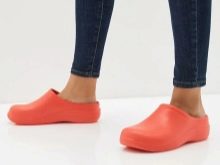
A bit of history
The appearance of galoshes is associated with a very long history that took place in the Amazon in 1735, when a Frenchman named Charles Marie de la Condamine went to these places, who learned there about the milky juice of the hevea tree - latex, on the basis of which rubber was then created. The very name "rubber" is translated from Latin as "resin". Rubber as such appeared only a century later - in 1839, when the vulcanization method was discovered.
The main supplier of the initially incredibly popular rubber footwear was the USA. It was from there that fashionable novelties came to Russia. And in the first years after the appearance on the sale of these progressive things, only rich people could afford them.



They realized that rubber galoshes perfectly protect ordinary shoes from moisture and dirt, which now will not spoil the Persian carpet in your own living room.
Since the production of wet shoes was on an industrial scale, the market was soon replenished with new waterproof shoes, and they became available to ordinary people. who appreciated not only its water resistance, but also its durability - galoshes have served for decades. Commoners, unlike the rich, who protected expensive leather shoes with galoshes, adapted shoes for felt boots.Among the workers, merchants and salesmen, white felt boots with black galoshes, which served as a demi-season footwear, became fashionable.
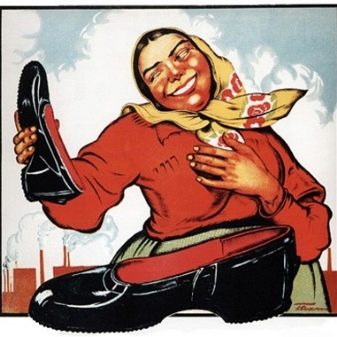

Varieties of galoshes
Rubber galoshes differ in a wide variety of types depending on their purpose and conditions of use. Some of them are used independently, while others are used as linings. This prevents ordinary shoes or boots from getting wet when walking in damp weather. Depending on the shape, galoshes are:
- ordinary (otherwise they are also called small);
- semi-deep (bots);
- deep;
- woolen shoes.
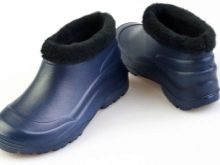
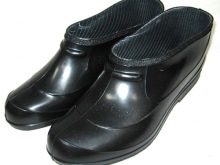
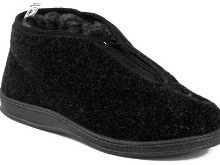
At the same time, the manufactured models are designed for different weather conditions. On sale you can find:
- winter (insulated) with a lining of a bike, with fur, with a fleece;
- summer (light) with a thin lint-free lining;
- thin (extra-light) designed to protect the heel and toe of the main shoe.
Among wet shoes, special products are distinguished, which are worn on shoes (including those with high heels). These galoshes look like tight-fitting covers that reliably protect the shoes from moisture and dirt. They don't have their own heels. These models look very elegant. They can be matched to shoes of any color.
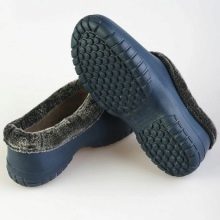
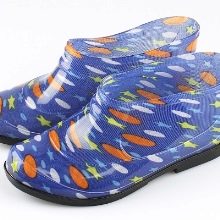
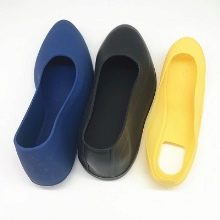
Also among the galoshes can be distinguished mud traps designed for hunting and fishing, motorcycle riding. In production, they use safety footwear that is not corroded by acid and does not allow electricity to pass through. Garden galoshes with a thick sole and a clear protector are distinguished, which are simply worn on feet in socks. In such mud traps, you will not feel every pebble under your feet.
As in the early days of using galoshes, you can choose among them designed to protect boots from moisture. On traditional Russian winter shoes, such "insulators" should be put on tightly so as not to fly off when worn even years after they have been worn. At the same time there is bathing galoshes. It is advisable to wear such shoes if you walk along the bottom, on which there are both sharp stones and corals, and they also protect against harmful marine life such as jellyfish. There are many variations of such shoes on sale.
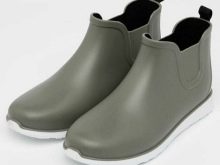
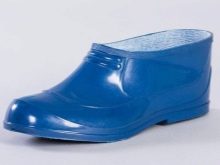

Production standards
Back in the Soviet years, GOST was adopted for the production of rubber galoshes. The standard provided for a size range depending on the purpose of such products, as well as on who was to wear them. For example, such articles were envisaged for protecting leather footwear. Among them stand out:
- little children;
- children;
- school;
- female;
- boyish;
- male.
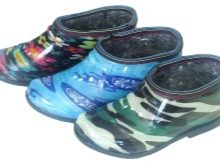
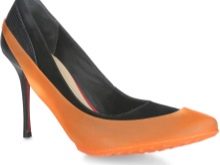

In the production of galoshes, certain substances are used, from which the rubber itself (rubber compound), as well as special textiles, are made. According to the standard, to create the basis for future moisture-resistant shoes, it is used:
- raw rubber of various types;
- reclaim (that is, material obtained from old galoshes);
- chalk;
- litharge;
- sulfur;
- coal tar or gas tar;
- rosin;
- soot;
- mineral oils;
- linseed oil (for nail polish on galoshes).

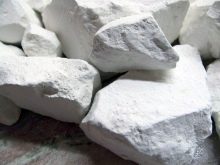

Today, when it comes to such practical items as galoshes, you can often hear the name EVA. This is the most modern version of waterproof shoe material. In fact, it is also rubber. It is foamed.
It is characterized by pronounced flexibility, ability to retain heat well, resistance to frost and low weight compared to the traditional base for the manufacture of wet shoes.

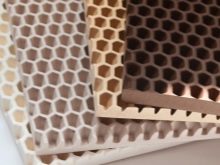
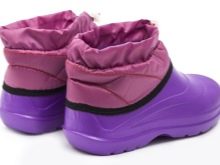
How to choose, wear and care for?
So that the galoshes serve for a long time, and also so that there is no discomfort when wearing them, you need to choose a model depending on the purpose of the couple, use it correctly and take care of it... Shoes must be in size, so it makes no sense to order them online. It is better to go to a specialized outlet, try it on, and if the shoes are used directly as a protective cover for ordinary shoes or boots, make sure that they fit like a glove.
If the overshoes are intended only for use in warm weather, do not wear them in temperatures below freezing. The frost-resistant "versions" are usually suitable for wearing until the outside temperature drops below -10 degrees.
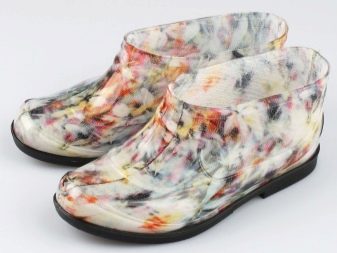

If wet shoes act as standalone shoes, in which there is no stocking, it is better to wear woolen socks before putting on them, they will not allow your feet to sweat quickly.
In any case, you need to remember that rubber shoes are breathable. So you shouldn't walk in it all the time. After use, it remains to wash and wipe off drops, and then dry on a stand. The optimum temperature for drying is 35 degrees, but the galoshes will dry out perfectly at room temperature.



See the next video for more information on rubber overshoes.





